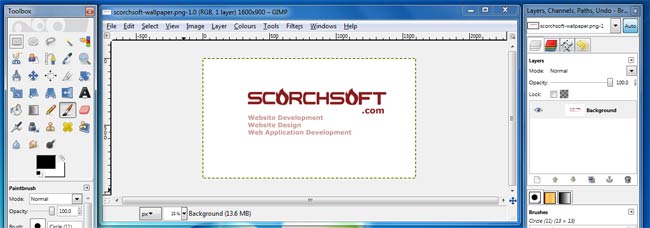


There are also no adjustment layers in GIMP. It just doesn't yield the same results as it does with Photoshop. This is probably due to the fact that creating text with GIMP leaves a lot to be desired. One item that users will find missing is a Text menu. The Help tab will take users to a large amount of documentation that can be very helpful in learning the ins and outs of the program. There are tabs for File, Edit, and View in addition to Image and Filters. The menus at the top of the screen are standard. Users can customize the panels to their own liking by removing some features and adding others, but the process is far less intuitive than it is with Photoshop. There is also a separate panel for tools. Panels are used to display features like brushes, palettes, and paths. With that being said, the Adobe purist will still become frustrated with how GIMP handles some of its features. Individuals with Photoshop experience will have no problems making the transition to GIMP, and doing so could save them hundreds of dollars each year. The UI for GIMP looks very familiar to Photoshop. Linux users have always been aware of the program's usefulness, and it is even packaged with some Linux distributions. This can be credited to software improvements and the availability of the program for Windows. Overall Opinion: GIMP has been around for many years, but it is only recently that the program has mounted a strong challenge to the dominance of Photoshop.


 0 kommentar(er)
0 kommentar(er)
